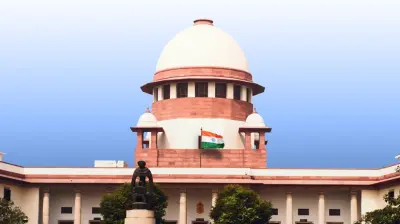

Lower rates reward high credit scores for many home buyers
Prospective homeowners across India and Odisha have reason to cheer as LIC Housing Finance (LICHFL) recently announced a significant reduction in its lending rates. By lowering the entry-level rate to 7.15%, the company aims to make property ownership more accessible for those with excellent credit profiles.
This new rate structure is uniquely tied to a borrower's CIBIL score, which acts as a report card of their financial health. Specifically, individuals boasting a CIBIL score of 825 or higher can now access the lowest rate of 7.15% for loans up to Rs 5 crore. This strategic move essentially rewards financial discipline with cheaper borrowing costs.
The interest you pay now depends heavily on your creditworthiness. For instance, if your score falls between 800 and 824, the rate increases slightly to 7.25% for the same loan amount. Those with lower scores or different loan requirements will see varying rates, reaching up to 10% for those with scores below 600.
The benefits aren't just for new applicants. These revised figures also apply to balance transfers, allowing existing loan holders from other institutions to switch to LIC Housing Finance and potentially reduce their interest burden. Whether you are looking for a small loan under Rs 50 lakh or a substantial amount up to Rs 15 crore, checking your CIBIL score is the first step toward securing these low interest home loans.